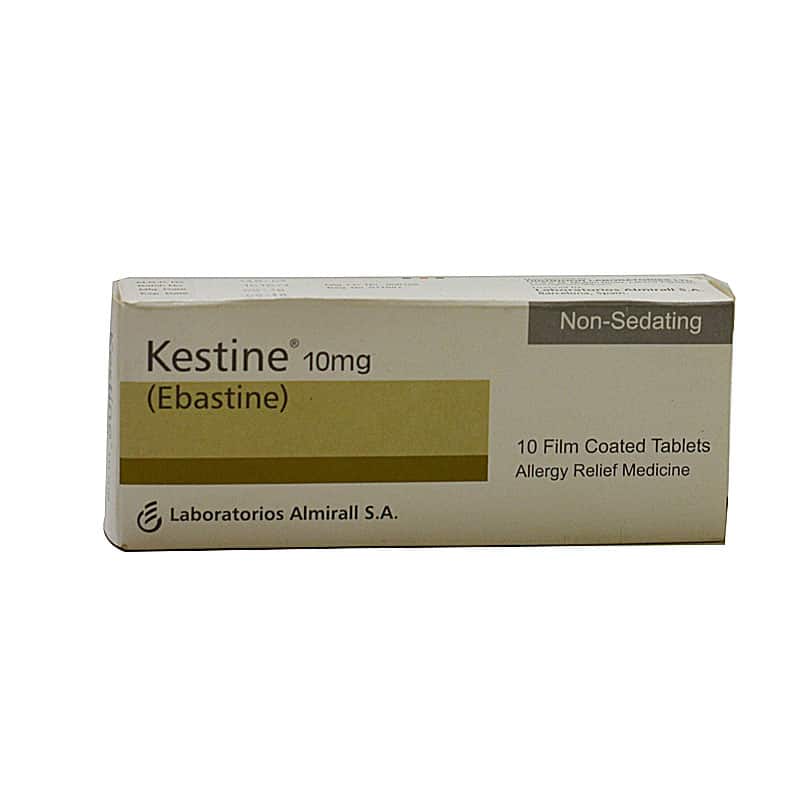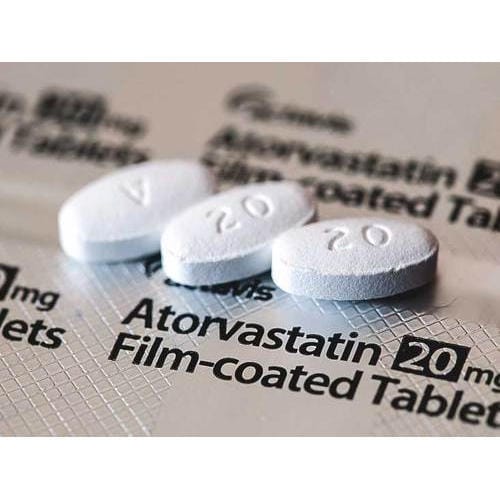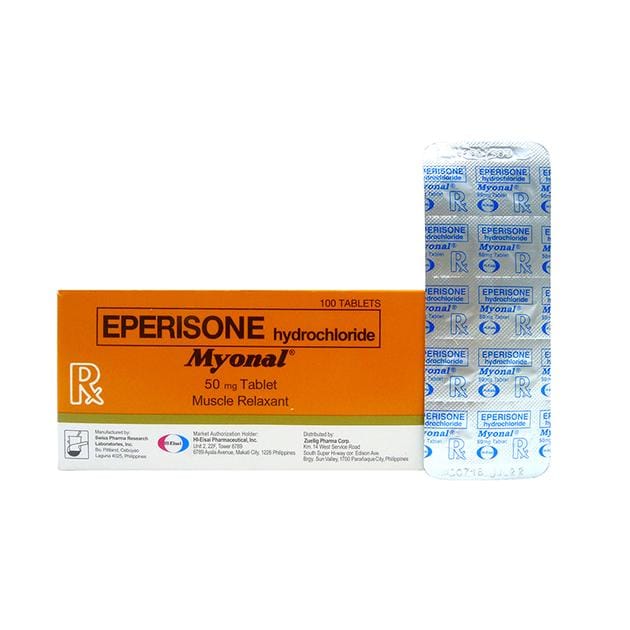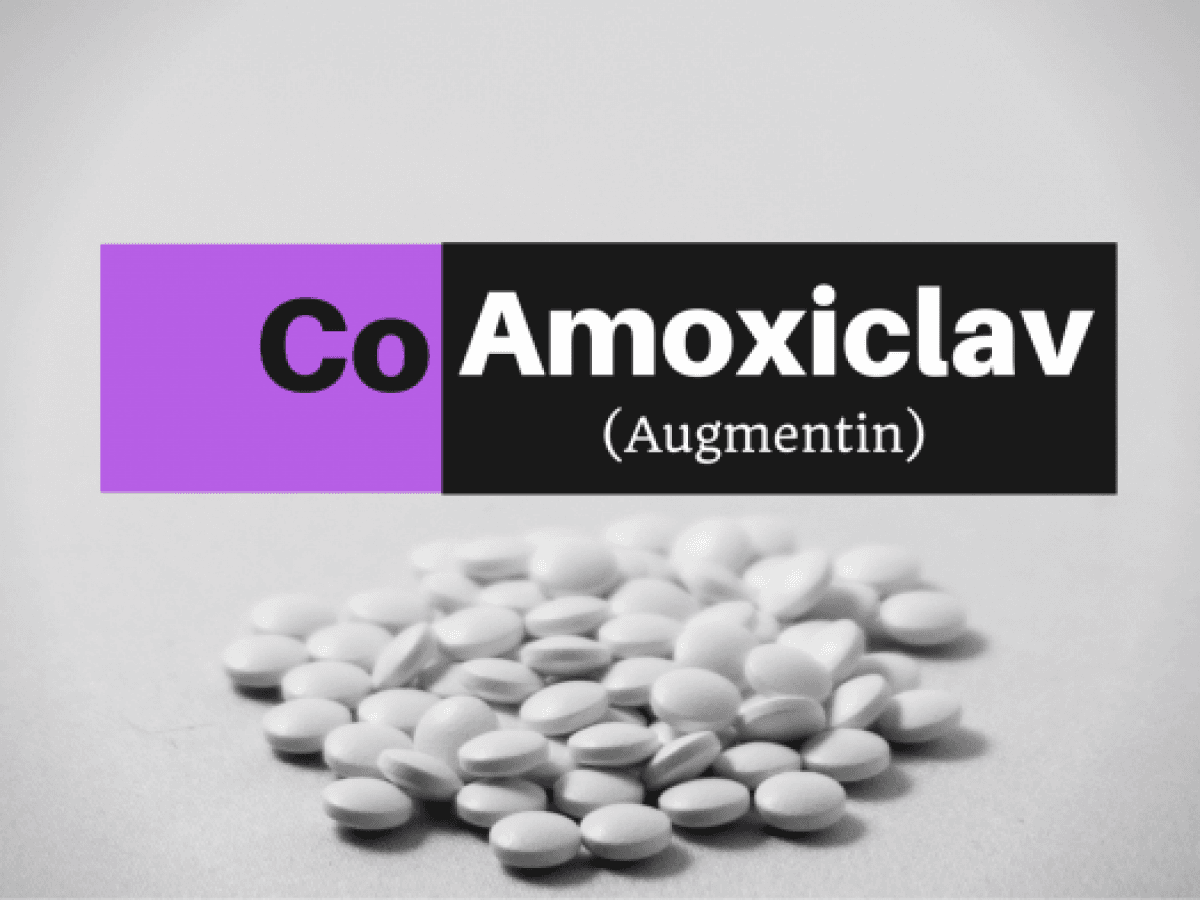
Introduction
Flurbiprofen, also known as Froben, Inflamatix, Ansaid, Rasbid, and other brand names, is an NSAID that is used to treat the symptoms of osteoarthritis and rheumatoid arthritis.
Flurbiprofen is a non-steroidal anti-inflammatory medicine that has antibacterial efficacy against Trichophyton species, Microsporum species, and Epidermophyton species.
Class of Medicine
NSAIDs (nonsteroidal anti-inflammatory drugs) include flurbiprofen. It works by inhibiting the creation of a chemical that causes pain, heat, and inflammation in the body.
Mode of Action
Flurbiprofen’s anti-inflammatory activity is mediated through reversible inhibition of cyclooxygenase (COX), the enzyme that converts arachidonic acid to prostaglandin G2 (PGG2) and PGG2 to prostaglandin H2 (PGH2) in the prostaglandin production pathway, similar to other NSAIAs. This successfully lowers the levels of prostaglandins, which are responsible for inflammation, discomfort, swelling, and fever. Flurbiprofen is a non-selective COX inhibitor that suppresses both COX-1 and COX-2 activity. In terms of prostaglandin inhibitory activity, it is likewise one of the most powerful NSAIAs.
How should this medicine be used?
Flurbiprofen is available in tablet form, that must be swallowed. It’s commonly taken twice a day, up to four times a day. Flurbiprofen should be taken at the same time each day. Follow the directions on your prescription label carefully, and if there is anything you don’t understand, ask your doctor or pharmacist to explain it to you.
Common Side Effects
Upset stomach
Constipation
Diarrhea
Gas
Heartburn
Nausea
Vomiting
Dizziness
Drowsiness
Headache
If any of these effects persist or worsen, notify your doctor or pharmacist promptly.
Important Warning
This drug has the potential to produce a serious allergic reaction. Hives, rash, difficulty breathing, swelling of the neck or tongue, and chest pain are all possible symptoms. If you’ve had any of these symptoms or asthma after taking aspirin or other NSAIDs, don’t use flurbiprofen.
If you have a peptic ulcer or a bleeding issue, you should not use Flurbiprofen, unless a physician advises you otherwise.
Available Brands (list can be updated in future)
Froben
Inflamatix
Ansaid
Rasbid











